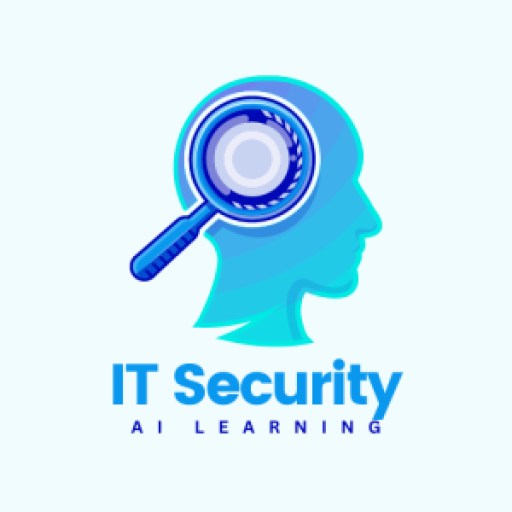IT Asset Management (ITAM) involves the full lifecycle management of IT assets, ensuring efficient use, maintenance, and protection of these assets throughout their lifespan. Here’s a detailed look at its key components:
Key Components of ITAM
- Full Lifecycle Management:
- Acquisition: Involves procuring IT assets and managing contracts and warranties.
- Deployment: Ensures proper installation, configuration, and integration of assets.
- Maintenance: Includes regular updates, patches, and performance monitoring.
- Disposal: Manages the secure disposal and decommissioning of assets, including data sanitization.
- Configuration Management Database (CMDB):
- Purpose: Holds information about the relationships between system components and tracks various aspects of IT infrastructure.
- Components:
- Configuration Items (CIs): Includes hardware, software, network devices, and other components.
- Relationships: Maps the relationships and dependencies between different CIs.
- Change Management: Tracks changes to the configuration, including incidents, problems, known errors, and releases.
- Incident and Problem Management: Records and manages incidents and problems affecting IT assets.
- Known Errors and Releases: Maintains information on known errors and the status of software releases.
- Single Repository:
- Centralized Database: A single repository that consolidates all asset information, configuration data, and relationship details.
- Benefits: Provides a comprehensive view of IT assets and their status, improving management efficiency and decision-making.
- Organizational Alignment:
- Scalable: ITAM systems are designed to scale with the organization’s growth and changing needs.
- Integration: Aligns with organizational processes and integrates with other IT management functions, such as IT service management (ITSM) and financial management.
- Scalability:
- Adaptability: The ITAM system should be able to handle increasing volumes of assets and data as the organization grows.
- Flexibility: Can adapt to changes in technology and organizational structure.
Benefits of Effective ITAM
- Improved Efficiency: Streamlines asset management processes and reduces redundancy.
- Cost Management: Helps in tracking asset costs and optimizing resource allocation.
- Compliance: Ensures adherence to regulatory and licensing requirements.
- Risk Reduction: Minimizes risks associated with asset loss, mismanagement, and security vulnerabilities.
Effective ITAM provides a structured approach to managing IT assets, enhancing operational efficiency, and supporting strategic decision-making.
